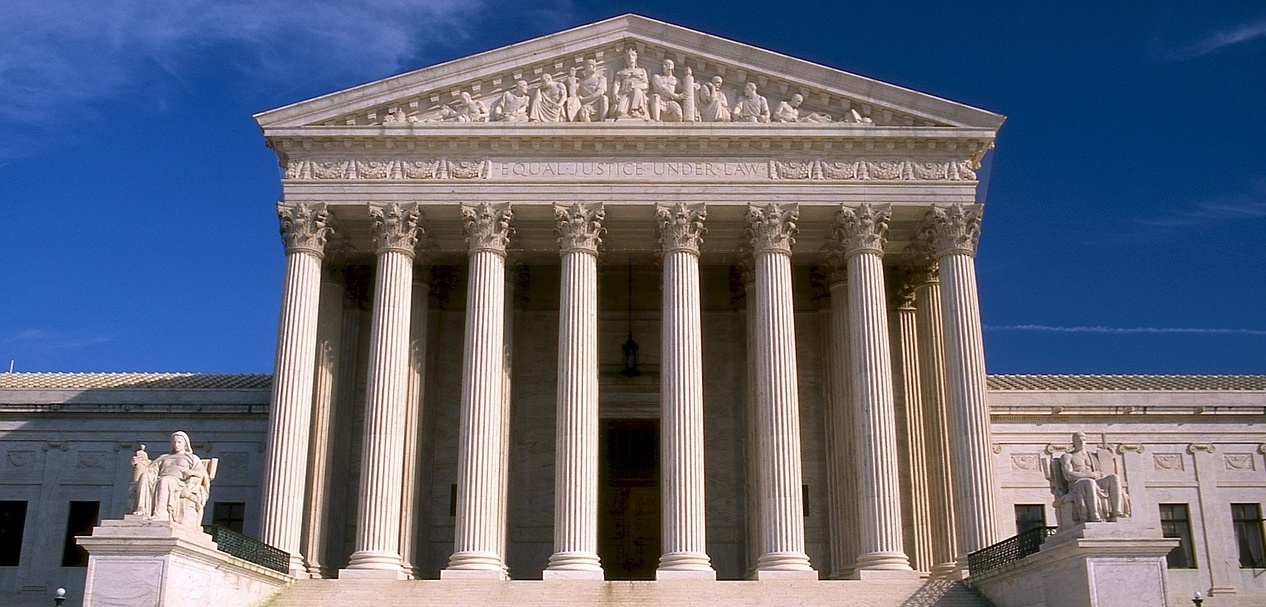This guest post was originally posted on EnergySMART, EnerNOC's blog that plugs into the conversation. EnerNOC is on the Leadership Council of AEE. For more information about our members, click here.

On Monday, the Supreme Court of the United States announced that it sided with EnerNOC and the Federal Energy Regulatory Commission (FERC) in the case EPSA v FERC.
The issue at stake was whether or not FERC, the federal body that makes the rules about how both traditional generators and demand response providers participate in our nation’s wholesale electricity markets, has the proper jurisdiction to make those rules.
Opposing FERC was the Electric Power Supply Association (EPSA), the lobbying arm for the power generator industry. It’s the type of legal argument that can make policy and energy wonks giddy with excitement, while the average person fights to stay awake. But the Supreme Court believed the issue was of such national importance that they decided to take the case.
So why did FERC win—and also, why does it matter?
First, for anyone new to demand response, let’s level-set around a definition: demand response pays large energy consumers (universities, manufacturers, large office buildings, etc.) to reduce energy during times of peak demand. For electric grid operators and utilities, who have to cost-effectively ensure consistent, reliable power for our communities, demand response is a much cheaper alternative to paying power providers premium prices to put more supply onto the system. And because demand response is such a cost-efficient way to meet peak demand, the savings can be passed along to all energy consumers.
However, those power providers that make a lot of money selling high-priced power during times of peak demand obviously don’t want to compete directly with demand response. (You can’t really blame them—in any given year, demand response saves consumers in the mid-Atlantic alone more than $10 billion, money that otherwise would have been used to pay for expensive peak power.) So EPSA challenged FERC’s jurisdiction as a way to eliminate demand response from participating on the same level as traditional power generation in wholesale energy markets.
When the DC Circuit Court sided in favor of EPSA in May 2014, many different players in the energy industry were outraged. EnerNOC rapidly assembled a diverse coalition of parties: environmentalists, large industrials, state public utility commissioners, consumer advocates, advanced energy companies, school districts and big business. Together, we worked to challenge the DC Circuit Court decision.
While teams of lawyers and lobbyists assembled a legal argument, we also launched a full scale effort to educate the market about what was at stake; it’s not just about the savings delivered through demand response, or legal interpretations of the Federal Power Act. This case represented the very essence of our country’s fossil-fuel-centric past going up against a modern vision for the grid that is inclusive of new technologies and innovation, and one that favors cleaner, more reliable, and economically-sound alternatives. This case represented a 20th century grid vs. a resilient, nimble, and diverse 21st century grid that includes a wide range of demand-side resources, including rooftop solar, wind power, batteries, demand response, and energy efficiency.
The Supreme Court cares about demand response because even though it represents a fairly small and defined portion of our nation’s resource mix, FERC’s ability to create rules that level the playing field for new technologies and new ways of doing things—especially when the economics are so clearly favorable—is a national imperative.
Yesterday’s 6-2 decision to overturn the lower court’s decision was a win for demand response, but more importantly, it was a win for all of the new technologies that are springing up in university research centers, startup incubators, and corporate innovation labs alike. “This decision allows us to continue realizing billions in annual savings from innovative incentives and business models that ensure we use our electricity system efficiently,” said White House spokesman Frank Benenati.
The 6-2 win is so important because now the marketplace has a clear runway to let the best technologies win—to the benefit of all of us, as energy consumers.
Constant energy innovation is the new status quo, and we applaud the Supreme Court for affirming its critical role in our country’s future.
For more on the Supreme Court case, visit the Keep Efficient, Affordable Power website.
Last year AEE hosted a webinar discussing this case featuring an interview with former FERC Chair Jon Wellinghoff. Click below to watch a recording of that webinar.
